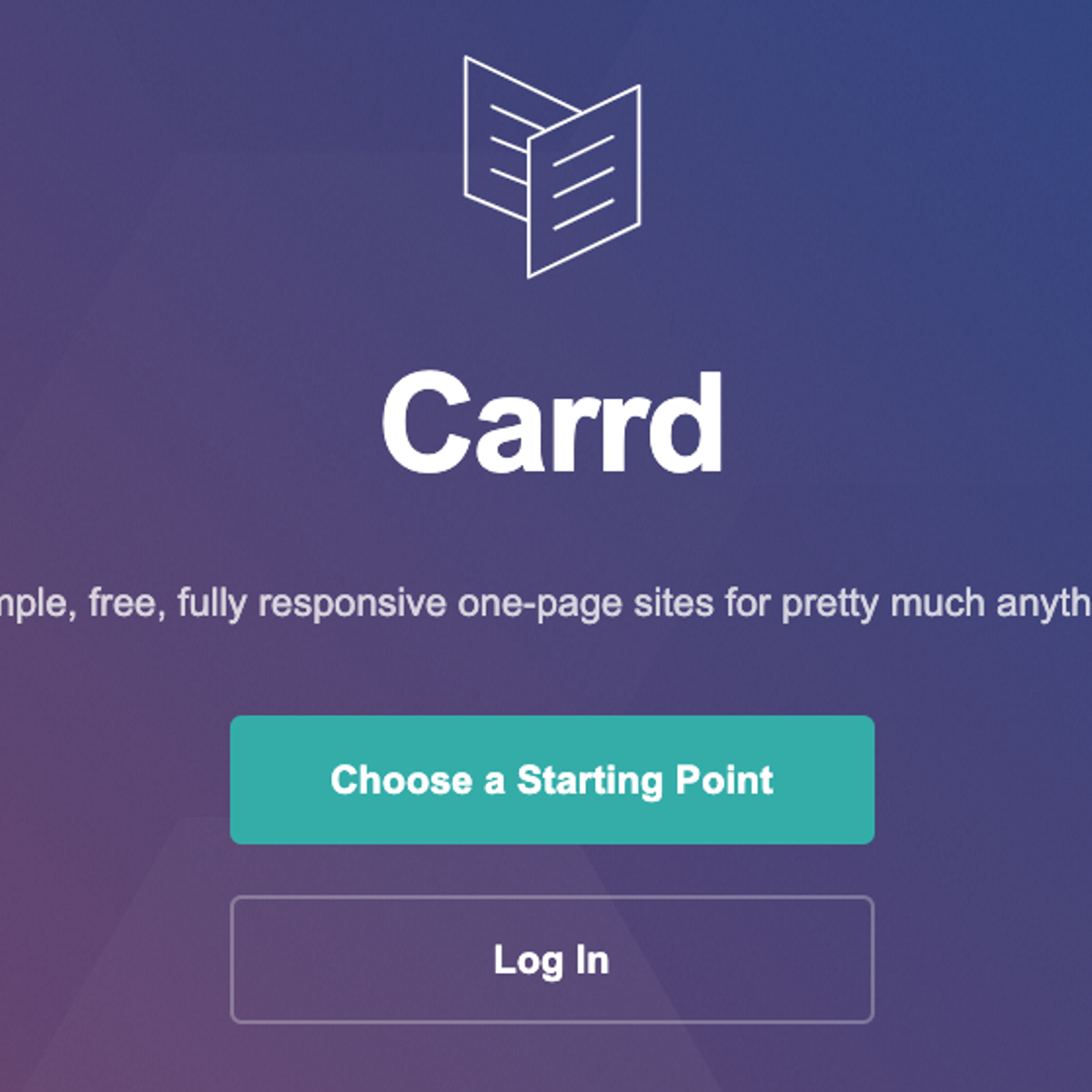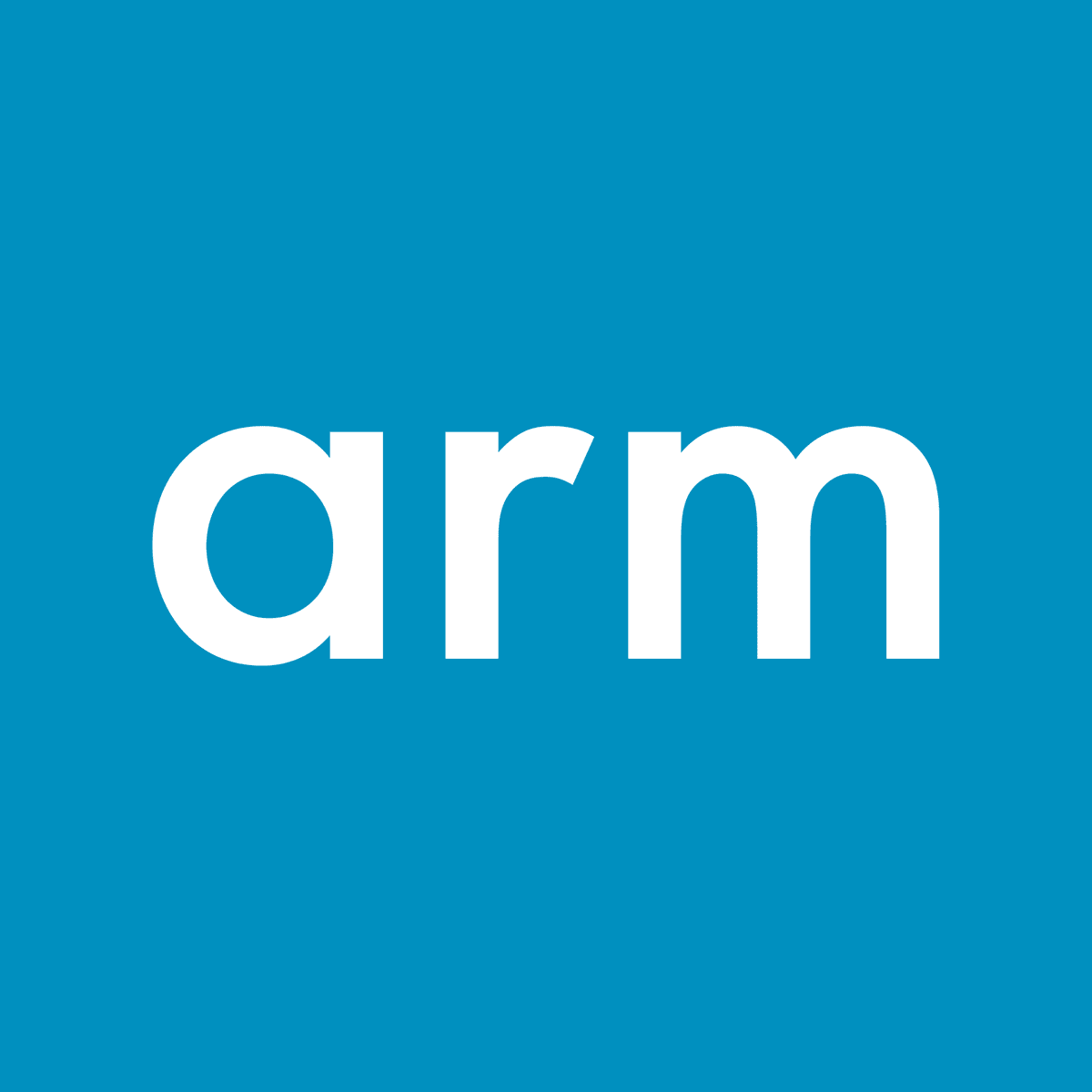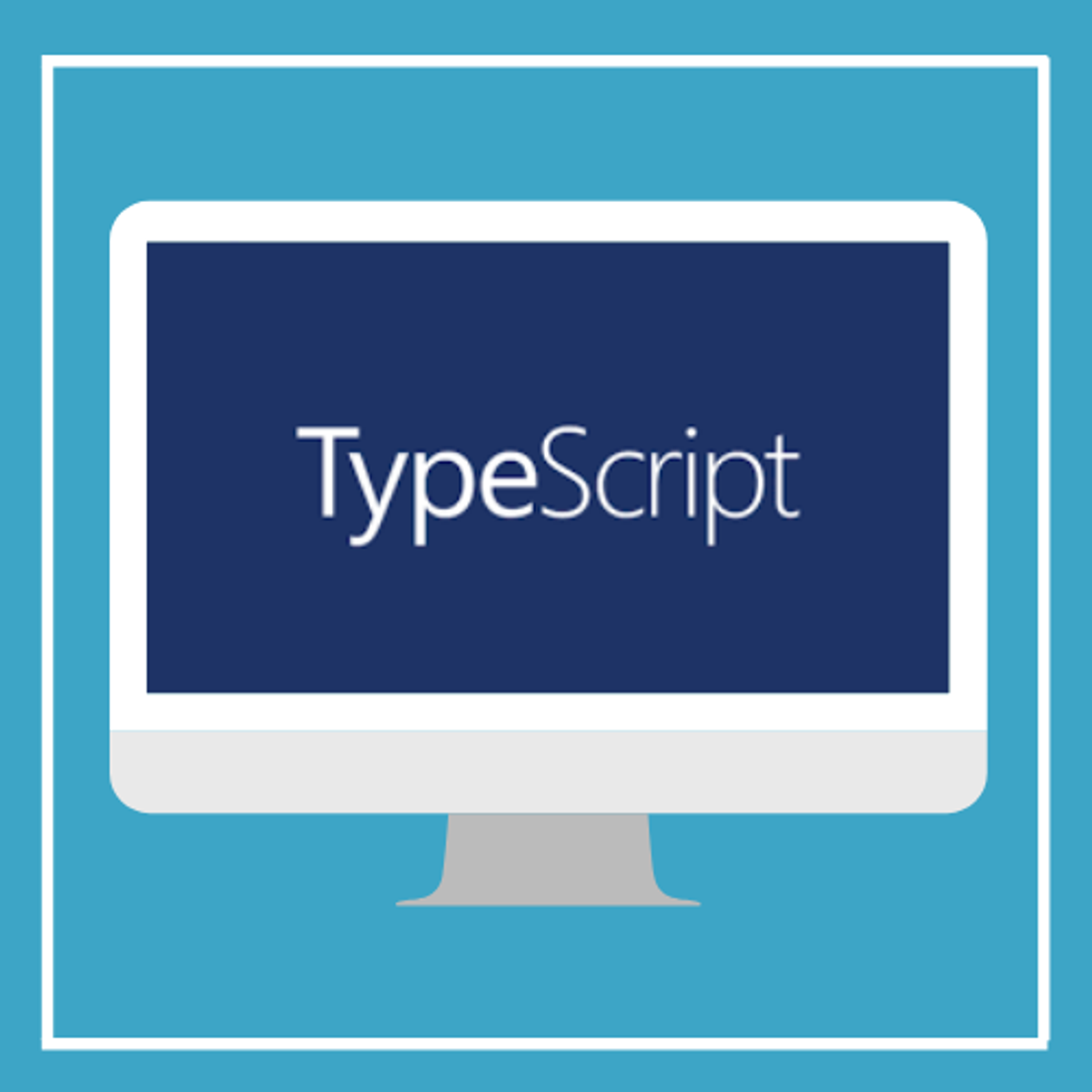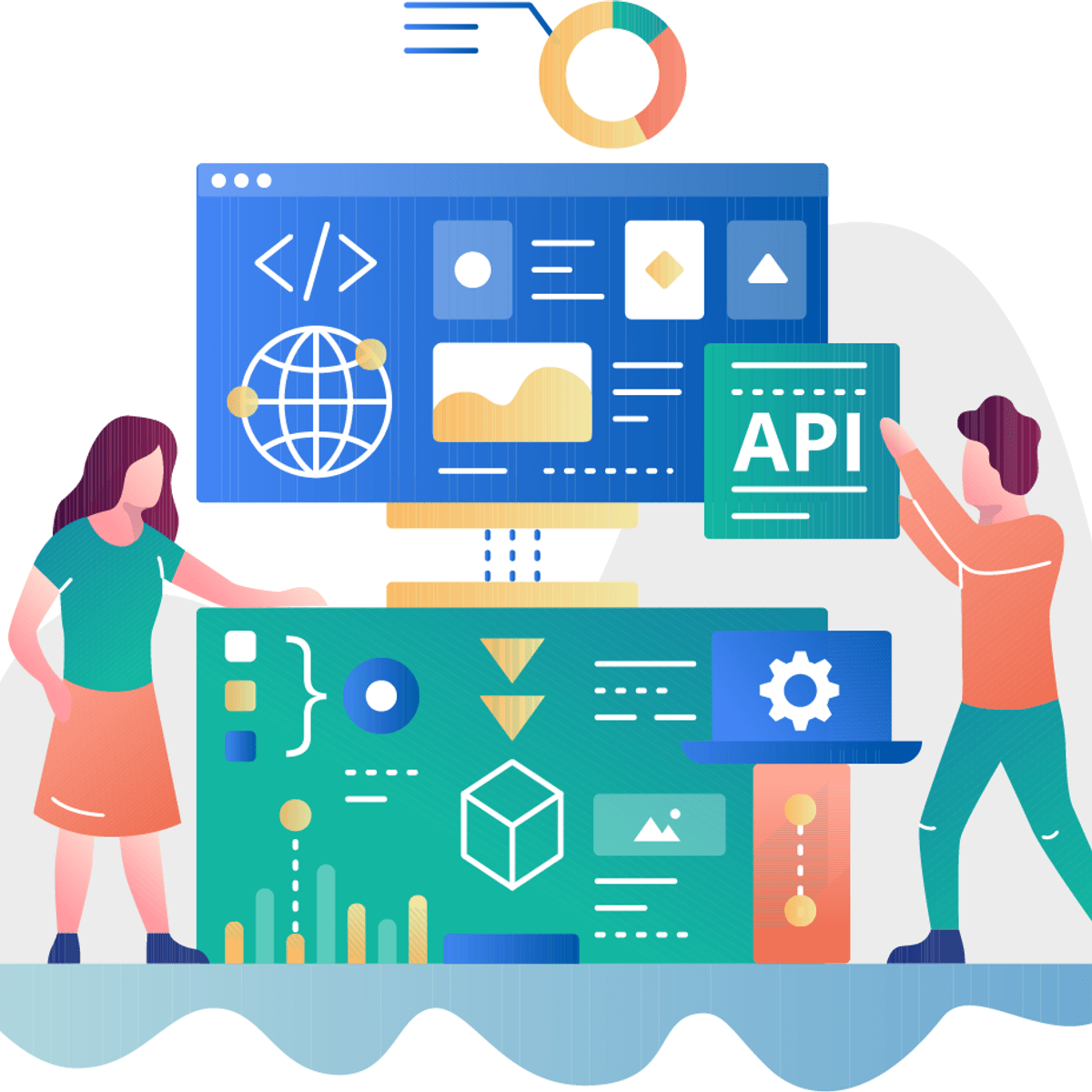Back to Courses









Computer Science Courses - Page 57
Showing results 561-570 of 2309

Intermediate Object-Oriented Programming with Java
This 1.5 hours class is a continuation of the class Object-oriented programming with Java. We will learn and explore more advanced topics of object-oriented programming with Java.
At the end of this class, you will be able to use Java to develop projects such as mobile applications. You will also be able to understand Java object specifications and use objects and frameworks created by other developers.

Web Design: Wireframes to Prototypes
This course is focused on the application of the early UX research to actual user interfaces: the creation of wireframes, high-fidelity mockups, and clickable prototypes. Along the way we will also discuss:
- Responsive web design and mobile web challenges
- Mobile-first approach
- Web typography
- The relationship between design and programming and whether it is important to know how to code
- The different web technologies that make the web work, such as HTML, CSS, JavaScript, server-side coding, and databases.
This course is the continuation of the course Web Design: Strategy and Information Architecture, in which students completed the first half of a large scale project—developing a comprehensive plan for a complex website. If you are intending to complete the assignments in this course to earn a certificate you must complete the Strategy and Information Architecture course first so you have the materials and data needed to begin creating wireframes and mockups in this course.
This is the fourth and last course in the UI/UX Design Specialization, which brings a design-centric approach to user interface (UI) and user experience (UX) design, and offers practical, skill-based instruction centered around a visual communications perspective, rather than on one focused on marketing or programming alone.
These courses are ideal for anyone with some experience in graphic or visual design and who would like to build their skill set in UI or UX for app and web design. It would also be ideal for anyone with experience in front- or back-end web development or human-computer interaction and want to sharpen their visual design and analysis skills for UI or UX.

Create a no-code one page SMB website with Carrd
In this project you will create a one page website for a small/medium business without any need of coding using Carrd.co online editor. You will learn the strategy to create a one page website, edit text and images, style containers and build the layout, include buttons and calls to action, and an interactive quote generation form.

Advanced Armv8-M Features
The final course covers more advanced and optional features that might be configured in a Cortex-M system. These features could help with particular project requirements such as security and performance. Not all of these topics might be relevant for any given Cortex-M project, so feel free to pick and choose which topics, if any, apply to you.

TypeScript Control Structures
By the end of this project, you will learn to control the flow of application through if, if-else, else and switch statements. And you will also learn how to repeat sections of the code using for, while, do-while and also learn to refine control on the loops using break and continue statements. All these are done in TypeScript playground.
Note: This course works best for learners who are based in the North America region. We’re currently working on providing the same experience in other regions.

Introduction to Python Functions
How many times have you decided to learn a programming language but got stuck somewhere along the way, grew frustrated, and gave up? This specialization is designed for learners who have little or no programming experience but want to use Python as a tool to play with data.
In the second course, Introduction to Python Functions, you are going to learn and use functions predefined in Python and Python packages, you also are able to define functions as well. You will create and use functions to make your programs reusable and adaptive.
Are you ready? Let's go!
Logo image courtesy of Mourizal Zativa. Available on Unsplash here: https://unsplash.com/photos/gNMVpAPe3PE

App Dev: Setting up a Development Environment - Python
This is a self-paced lab that takes place in the Google Cloud console.
In this lab, you will provision a Google Compute Engine virtual machine and install software libraries for software development.

How to Use Layer Styles and Effects in Adobe Photoshop
By the end of this project, you’ll be comfortable adding, controlling, and combining effects and styles in Adobe Photoshop. You’ll practice using existing effects and layer styles, then build a neon light style from scratch —and save that custom layer style for later projects.

Building RESTful APIs Using Node.js and Express
For newly emerged technologies, REST APIs provide a flexible and easier process to integrate applications. They have emerged as one of the most common methods used for connecting components of the distributed system. For a backend developer, ability to build REST APIs is a key requirement.
This course will enable you to build and document REST APIs using various frameworks and tools. The primary use of this is to create REST API’s that accept request from frontend and send appropriate responses. Here, you will also learn to document the REST APIs using Swagger.

C Programming: Getting Started - 1
Start learning one of the most powerful and widely used programming languages: C. Within moments you will be coding hands-on in a browser tool that will provide instant feedback on your code.
The C programming language is one of the most stable and popular programming languages in the world. It helps to power your smartphone, your car's navigation system, robots, drones, trains, and almost all electronic devices. C is used in any circumstances where speed and flexibility are important, such as in embedded systems or high-performance computing.
In this course, you will get started with C and learn how to write your first programs, how to make simple computations and print the results to the screen, how to store values in variables and how to repeat instructions using loops.
Beginners, even those without any programming experience, will be able to immediately start coding in C with the help of powerful yet simple coding tools right within the web browser. No need to install anything!
Why learn C and not another programming language? Did you know that smartphones, your car’s navigation system, robots, drones, trains, and almost all electronic devices have some C-code running under the hood? C is used in any circumstance where speed and flexibility are important, such as in embedded systems or high-performance computing.
C is a foundational programming language taught at engineering schools around the world, and represents one of the building blocks of modern computer information technology. Invented in the 1970’s. It is still one of the most stable and popular programming languages in the world.
We are excited to introduce you to the world of coding and launch you along your path to becoming a skilled C programmer!
This is the first course in the C Programming with Linux Specialization. This series of seven courses will establish your programming skills and unlock doors to careers in computer engineering.
This course has received financial support from the Patrick & Lina Drahi Foundation.
